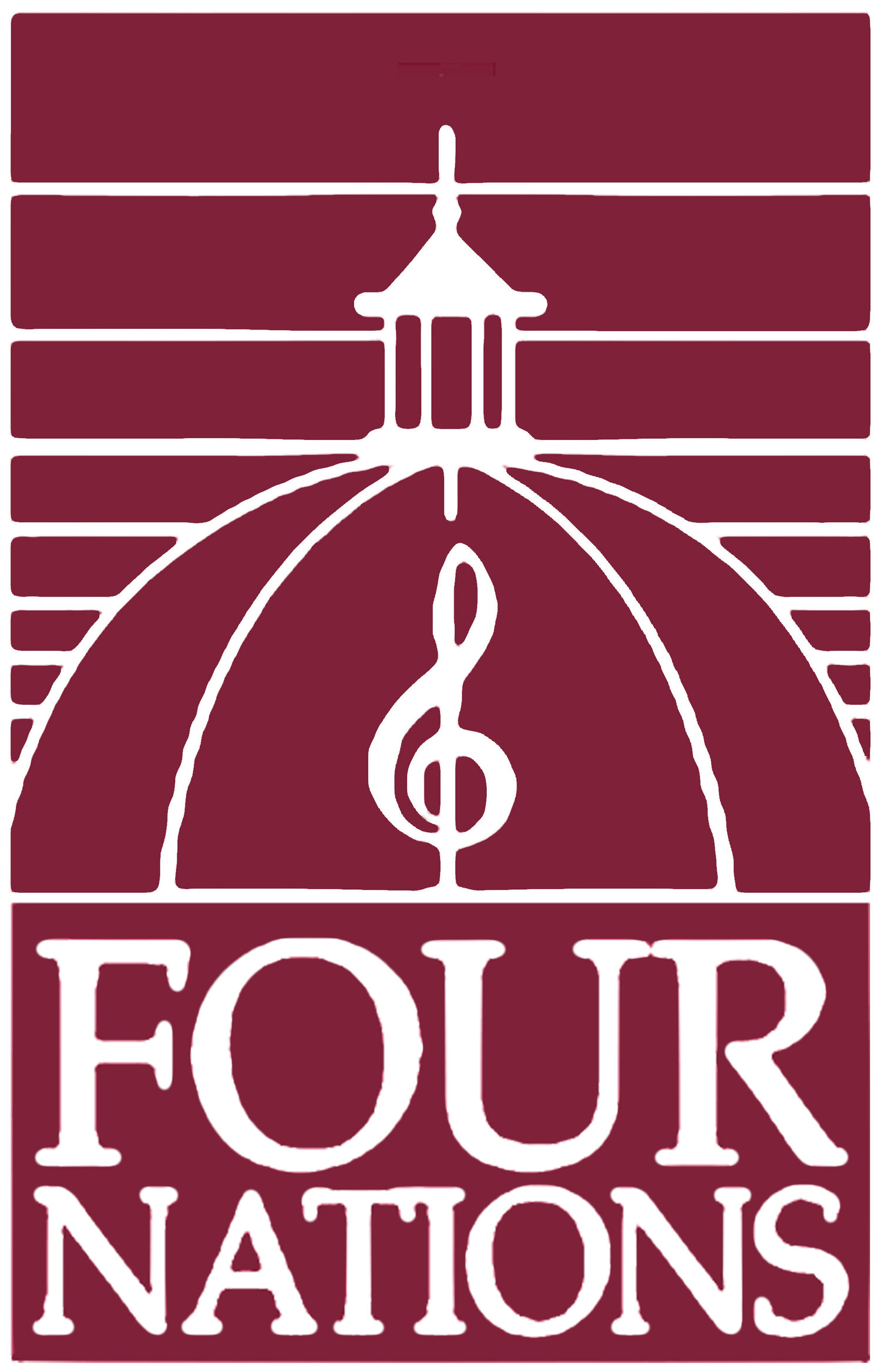School of Remembrance
Rameau Couperin Debussy Franck
Thursday, April 25 at 7:30 PM
The Church of the Holy Trinity
316 East 88 Street, New York City
Watteau, 18th century inspiration for Invitation au voyage of Baudelaire & Duparc as well as Debussy's L'Isle Joyeuse.
THE ARTISTS
Aaron Sheehan, tenor
Charles Brink, flute
Mark Steinberg, violin
Anton Nel, piano
Andrew Appel, harpsichord
THE PROGRAM
Duparc
Invitation au Voyage
Leclair
Sonata violin in A major
Lambert
Recit de la beauté & Vos Mépris
Debussy
La Fille aux cheveux de lin & Danseuses de Delphes
Rameau
Entretien des Muses
Couperin
La Terpsichore, Les Idées Heureuses & Les Silvains
Hahn
A Chloris
Fauré
Clair de Lune
Franck
Sonata in A major for violin & piano
At the end of the 19th century a passionate appreciation of the arts and life before the French Revolution monopolized the hearts of Paris, in both concert halls and art galleries.
Degas and Renoir looked to Boucher and Fragonard while Debussy and Ravel emersed themselves in works of Couperin and Rameau. The Goncourt Brothers, those strange arbiters of taste, wrote on the treasures and customs of the court. This almost universal focus in France did not come from universal values or intentions. There were several brands of a powerful nationalism at work.
For the conservatives like the Goncourt brothers and Degas, it was a return to the monarchy, the Catholic church, and a tight and excluding definition of what was truly French. This view excluded and insulted Jews.
Jean-Philippe Rameau (1683–1764), a profound inspiration for Claude Debussy
Yet, for those very Jews, recently emerged industrialists and business mavens (the Nissim-Comodo, the Ephrussi, and much of the world around Proust), the acquisition of French palatial furniture, the construction of Trianon-like town houses around the Parc Monceau, and the growing collections of art established their “French national identity” and placed them in salons with ancient aristocrats.
For progressive creators, it rejected generations of composers and painters who abandoned their imaginations to foreign influences (Gluck, Wagner) or academic strictures. Debussy in admiring the sensuality of Rameau and Couperin, believed that structure in music was the outcome of color or timbre and not functional harmony.
Though these “clubs” of appreciation were often at violent odds with each other, together they fueled a return to and rebirth of a repertory of art and music that had been undervalued and overlooked for almost a century. Rameau’s Les Indes Galantes found its way back into the Opera House. Watteau and Quentin La Tour could be enjoyed in the well-lit museums of France and throughout Europe and America.
In our program we will juxtapose preludes of Debussy (La fille au cheveux de lin & Danceurs de Delph) with evocative moments from Couperin (Les Idées Heureuses & La Terpsichore) and Rameau (Entretien des Muses) to illustrate just how inspiring the ancient composers were to the modern master. In all, this program is a harmonious conversation between one century and another.


